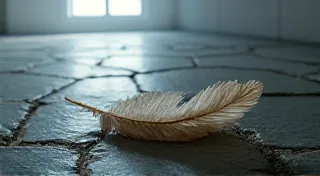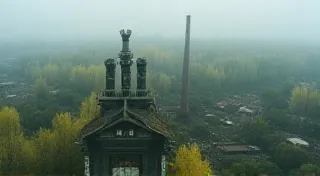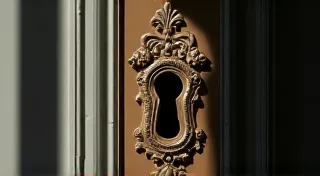Serendipity's Tick: The Stories Found in Unexpected Clock Discoveries
There's a unique romance in the world of antique clocks. It’s more than just appreciating the intricate mechanics or the beautiful craftsmanship; it’s about the silent history they hold, the echoes of lives lived around their steady rhythm. Each clock is a tiny time capsule, and sometimes, the discoveries within those capsules are nothing short of extraordinary. This isn's just about clock restoration; it’s about uncovering stories – stories of love, loss, resilience, and the quiet dignity of generations past. These aren’t just mechanisms; they’s a historical document – a visual history of humanity.
My own journey into the world of antique clocks began not with a grand ambition, but of a dusty, forgotten grandfather clocks. The clock’s steady rhythm, a constant reminder of lives lived. It – discovering a silent, a dusty, forgotten grandfather clocks.
My own journey into the world of antique clocks began not with a grand ambition, but with a dusty, forgotten grandfather clock purchased at a local estate sale. It stood forlornly in the corner, its pendulum frozen, its face obscured by years of neglect. I knew nothing about clock repair at the time, but something about its silent sadness resonated with me. Bringing it back to life felt less like a repair and more like a rescue. That first successful tick, that resonant chime, filled me with a profound sense of connection to something larger than myself. It was the beginning of a lifelong fascination, and the start of hearing stories.
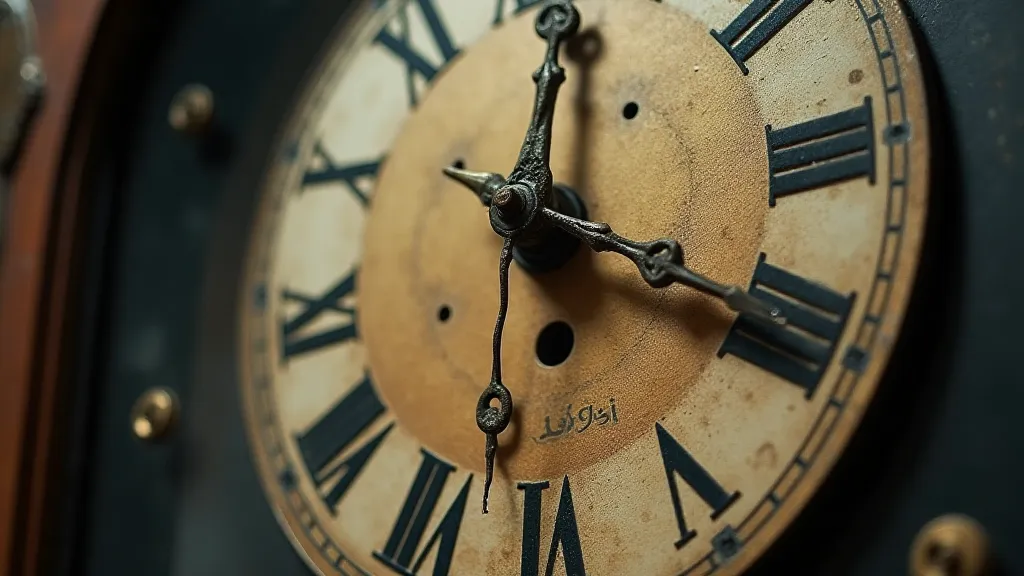
Whispers of the Past: More Than Just Gears and Springs
Antique clocks aren't merely mechanisms; they’ve been the quiet observers of family gatherings, whispered secrets, and momentous occasions. They've marked the passage of time for births, weddings, and, inevitably, farewells. And those echoes often leave their mark. I’m not talking about physical repairs – though those are vital – but the subtle clues left behind by previous owners. A faded photograph tucked behind the weights, a love letter carefully folded and preserved inside the case, a child’s drawing tucked between the pendulum and the movement. Many have asked, what stories are hidden within these timeless objects? It’s a question that drives enthusiasts deeper into the heart of clock restoration.
I recently worked on a beautiful Victorian mantel clock for a client. It was a particularly challenging restoration, the escapement mechanism almost completely seized. As I carefully cleaned and oiled the intricate workings, I discovered a small, dried rose pressed between two plates. My client, whose grandmother had owned the clock, explained that her grandmother had received the clock as a gift from her sweetheart just before he shipped off to the First World War. He never returned. The clock, she said, became a poignant reminder of a love lost, a silent sentinel marking the years of her grandmother’s grief. Holding that tiny, fragile rose felt like holding a piece of history, a tangible link to a personal tragedy. Understanding the intricacies involved in restoration, and the deeper histories that permeate each object, is also a fascinating subject, and something those keen to explore clock mechanisms could find fascinating on The Ghost in the Gears: Troubleshooting Common Clock Repair Mysteries.
The Collector’s Intuition: Beyond the Value
Many people approach antique clocks with a collector’s eye, focused on rarity, condition, and market value. While those factors are certainly important, there’s a deeper satisfaction to be found in connecting with the clock's history. It’s about cultivating an intuition, a sense that the clock is trying to tell you something. It’s about recognizing the beauty in imperfection, the story etched into the worn finish and the subtle patina of age. The way each item echoes with history can be truly inspiring, providing a new appreciation for a different kind of inspiration, the kind that many poets find in the patterns and cycles of time, as reflected in The Poet's Pendulum: Finding Inspiration in the Rhythms of Antique Clocks.
I’m reminded of a reader submission I received recently. Sarah wrote about finding a small, ornate carriage clock at a flea market. The clock was heavily tarnished and missing its original winding key, but something about its elegant lines captivated her. She began researching the maker’s mark and discovered it was a rare example of a Parisian clock from the late 19th century. But the real surprise came when she noticed a tiny inscription on the back of the case: "To Amelia, with enduring love, Charles, 1898."
Sarah’s subsequent research uncovered a fascinating story of a young woman named Amelia who had emigrated to America with her husband, Charles. They had faced hardship and loss, but they had always cherished the clock as a symbol of their love and resilience. Sarah felt an almost overwhelming sense of responsibility to honor Amelia and Charles’s story, ensuring the clock continued to tick for generations to come.
The Craftsmanship: A Testament to Skill and Patience
Beyond the stories, appreciating antique clocks requires an understanding of the incredible craftsmanship involved in their creation. These weren't mass-produced items; they were the product of skilled artisans who poured their heart and soul into their work. The intricate carving of the cases, the delicate painting of the dials, the precision engineering of the movements – it's all a testament to a level of dedication that's rarely seen in today's fast-paced world. The cultural influences are fascinating too; how design evolved across continents, blending artistic visions into unique designs; a topic many find captivating by reviewing A Tapestry of Time: The Influence of Different Cultures on Clock Design.
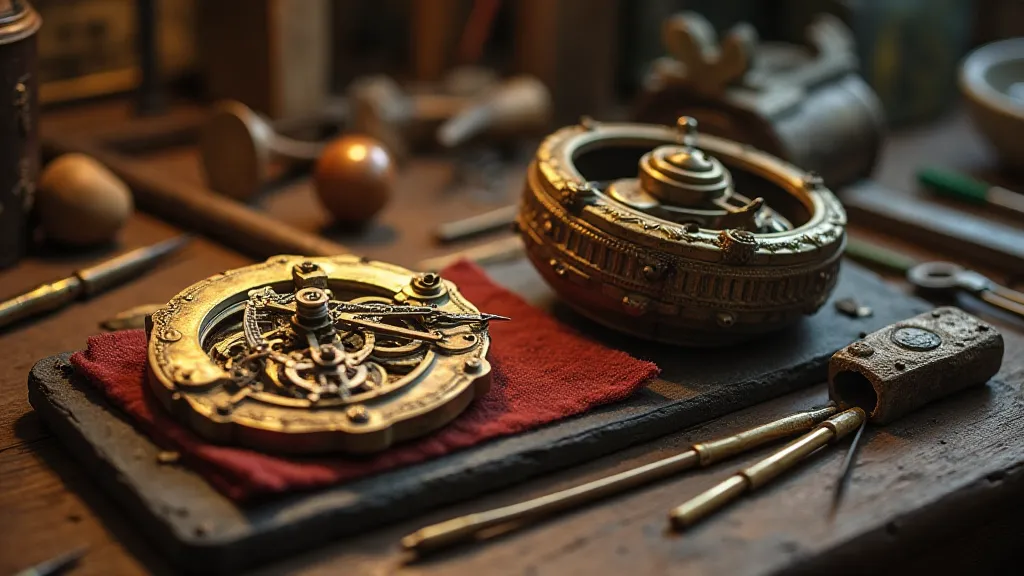
Think about the patience required to hand-file each gear, to painstakingly assemble each component. These were not just jobs; they were works of art. And that artistry deserves to be preserved. The subtle nuances of design reveal so much about the era, reflecting the cultural climate and artistic movements of the time.
Reader’s Tales: A Chorus of Stories
The most rewarding part of my involvement with antique clocks has been hearing the stories shared by other enthusiasts. Each clock has its own unique history, and each owner has a unique perspective. These stories are a constant source of inspiration and a reminder of the power of these silent timekeepers.
One reader, David, found a small French mantel clock at an estate sale. It had been heavily damaged in a fire, but he was drawn to its beautiful design. After a meticulous restoration, he discovered a hidden compartment containing a collection of antique postcards depicting scenes from Paris in the early 1900s. He believes the clock belonged to a traveling salesman who had documented his adventures through the postcards.
Another reader, Emily, inherited a grandfather clock from her great-aunt. The clock had been silent for decades, but after a bit of tinkering, she managed to get it ticking again. She discovered that the clock had been a wedding gift to her great-aunt and had been passed down through generations. It now stands proudly in her living room, a cherished heirloom and a tangible link to her family history. It’s more than just an object; it's a symbol of familial connection, resonating with the stories of those who came before.
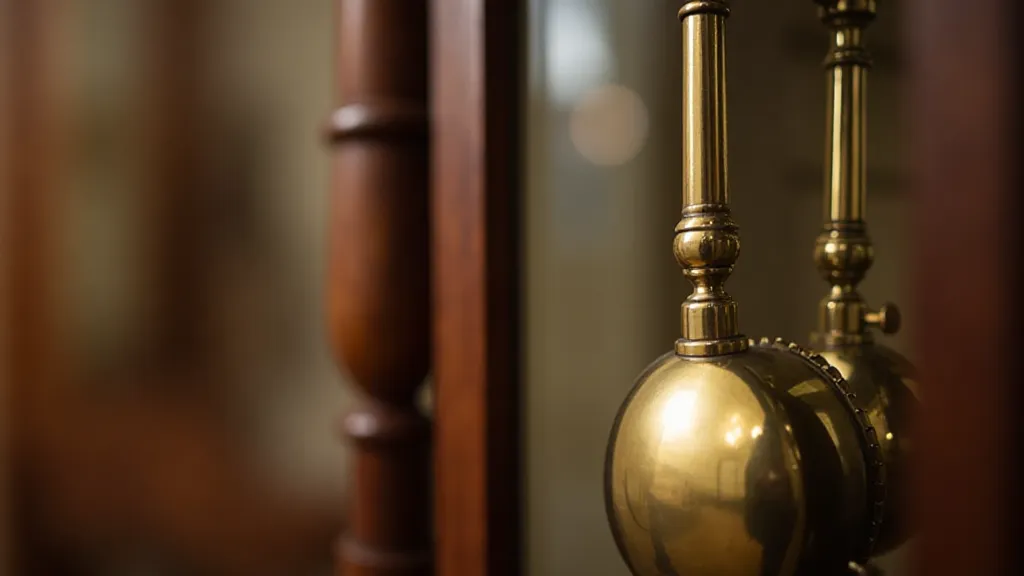
Preserving the Legacy: A Responsibility and a Joy
Restoring antique clocks is more than just a hobby; it’s a responsibility. It’s a commitment to preserving a piece of history, to honoring the craftsmanship of generations past, and to safeguarding the stories that these clocks hold. It’s a way to connect with the past, to appreciate the present, and to inspire the future. The restoration process itself is almost a journey back in time, piecing together the history of an object and revealing the stories it holds.
Each tick of a restored antique clock is a testament to the enduring power of time, a reminder of the lives lived around it, and a celebration of the unexpected stories waiting to be discovered. It’s a serendipitous journey, full of surprises and rewards, and one I wouldn’t trade for anything. Understanding the mechanisms and how to bring life back into these silent timekeepers connects us to an important part of history. These aren't just clocks; they are windows into the past, reminders of lives well-lived, and legacies worth preserving.



